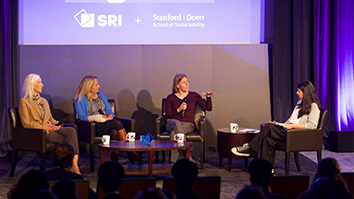Citation
Robinson, A. E., Appelt, D. E., Grosz, B. J., Hendrix, G. G., & Robinson, J. J. (1980). Interpreting natural-language utterances in dialogs about tasks. Stanford Research Institute.
Abstract
This paper describes the results of a three-year research effort investigating the knowledge and processes needed for participation in natural-language dialogs about ongoing mechanical-assembly tasks. Major concerns were the ability to interpret and respond to utterances within the dynamic environment effected by progress in the task, as well as by the concommitant shifting dialog context. The research strategy followed was to determine the kinds of knowledge needed, to define formalisms for encoding them and procedures for reasoning with them, to implement those formalisms and procedures in a computer system called TDUS, and then to test them by exercising the system. Principal accomplishments include: development of a framework for encoding knowledge about linguistic processes; encoding of a grammar for recognizing many of the syntactic structures of English; development of the concept of “focusing,’’ which clarifies a major role of context; development of a formalism for representing knowledge about processes, and procedures for reasoning about them; development of an overall framework for describing how different types of knowledge interact in the communication process; development of a computer system that not only demonstrates the feasibility of the various formalisms and procedures, but also provides a research tool for testing new hypotheses about the communication process.


